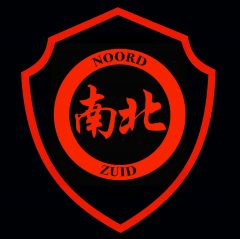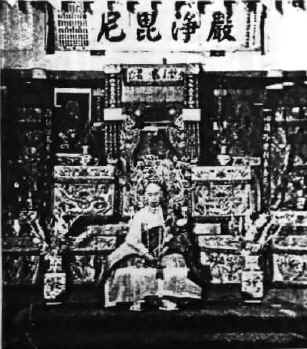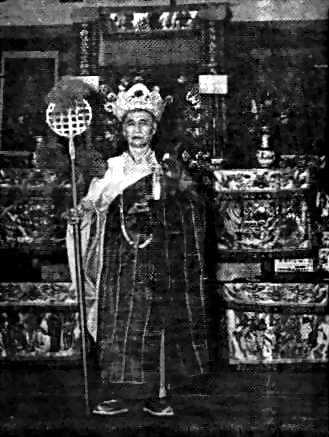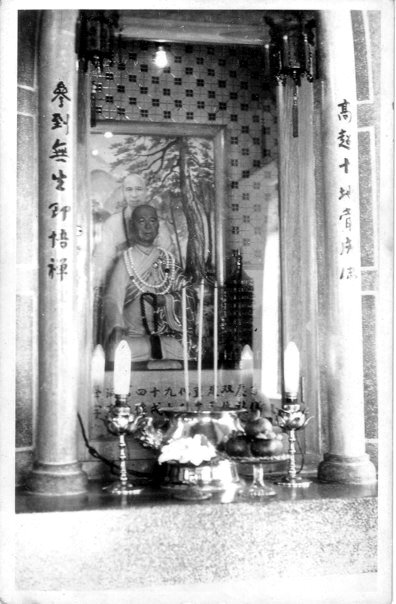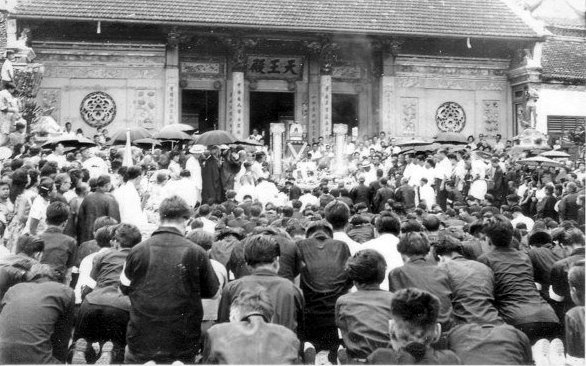Singapore Siong Lim Temple
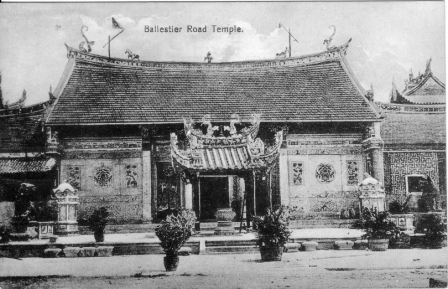
The full name of Siong Lim Temple is Lian Shan Shuang Lin Si (Twin Grove of the Lotus Mountain Temple 连山双林寺) . Built by Hokkien merchant and devout Buddhist Low Kim Pong on a four hectare piece of land, the temple took about 11 years to complete, from 1898 to 1908, as construction was carried out in phases. Located in Toa Payoh, Singapore.
Its history is associated, in particular, with two of its Abbots – Pu-Liang and his successor, Shi Gao Can. Abbot Pu-Liang worked with Low Kim Pong’s son, Low Kai Seong, to carry out renovation works in 1919 and 1935. Under Abbot Pu-Liang, the temple grounds were also used for the training of pilots and technicians for the Japanese Resistance movement in China. In 1942 during the Japanese Occupation of Singapore, he was arrested and was taken to the firing squad after twenty-five years service as a abbot.
During the war the temple opened its doors to the destitute. After the war most of those people re-settled but oppertunists over stayed their welcome and in fact had taken over the control of the temple and it’s surroundings. They vandalised the temple, harassed female visitors and disrupted services. The monk that assumed Pu Liang’s duties could not handle the situation. But he knew of a monk in Indonesia. This monk was a grand-disciple one of his siheng (senior brother in learning) and a man known not to suffer fools. Furthermore he was in possession of unique skills that meant he didn’t have to. He decided to turn to him for help.
Abbot Shi Gao Can succeeded Abbot Pu-Liang in 1948 and undertook post-war repairs to some of the buildings which had been badly damaged. He was also a well known exponent of the martial arts school of Shao-Lin Temple, and shared his expertise in self-defense with Toa Payoh residents. The Martial Arts exponents led by the “warrior monk”, Shi Gao Can. trained in its vast courtyards. They protected the monastery and the surrounding community from gangsters.
In the 1950s, the land on which Siong Lim Temple stands was reduced to approximately two hectares when the land was acquired by the government for public housing. Before that it was roughly 20 ha plot which was thought to stretch from the present-day Toa Payoh to Balestier.
Once surrounded by vegetable, pig and poultry farms and Chinese squatters, the temple is today bounded by high-rise flats and the Pan Island Expressway. The Siong Lim Temple underwent a decade long restoration and redevelopment program, which began in 1991. Its two main halls were taken apart and painstakingly reassembled by 80 specialist craftsmen from China.

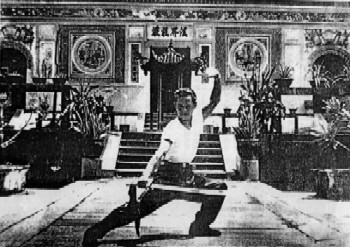
The Siong Lim Temple is an example of ‘Cong Lin’ (“layers of forest”) temples which are constructed according to a prescribed layout. This prescribed layout allows visiting monks to find their way around the temple complex, no matter how vast, and in a prescribed daily routine signified by the use of ritual instruments, such as the drum and bell. Buildings in this style have a symmetrical layout and usually no statues in the entrance hall, which will be one of at least three main halls.
The temple’s layout incorporates several Buddhist principles of temple architecture, namely Jie (precepts) represented by a pond; Ding (stability) the Tian Wang Dian; Hui (wisdom) the courtyard; Fo (Buddha) the Da Xiong Bao Dian; and Fa (Dharma Law) The Dharma Hall. The Drum and Bell Towers flank the courtyard.
The two main buildings, Tian Wang Dian and Da Xiong Bao Dian (Mahavira Hall), which were constructed in 1902 in the traditional Chinese “Min Nan” (‘South of the Min River’) architectural style and are gazetted national monuments, were restored. Chinese craftsmen from Quan Zhou, Fujian Province of China, were engaged to carry out the restoration works.
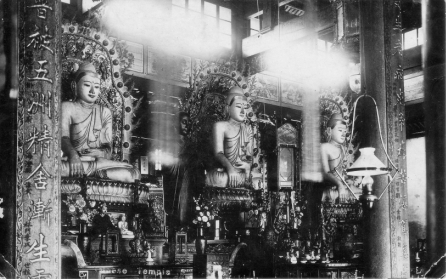
Carving works on both stone and timber elements also followed the “Min Nan” style. Specialists from Hong Kong were engaged to do the gold gilding works. A material specialist was engaged to ensure the suitability and durability of the materials being used.
The temple’s design incorporates three distinct and different Chinese regional styles – Zhangzhou, Quanzhou and Fuzhou – reflecting the origins of the Chinese dialect groups who supported its building. The buildings are arranged along a central axis and oriented in a north south direction, with the entrance facing the south, according to the principles of Feng Shui. In 2001 further restorations were carried out. Restoration work has cost about S$ 40 million so far. New to the compound is a seven-storey Dragon Pagoda (2002)
Pictures taken after Shi Gao Can had parinirvanaed (passed away), aged 75 on May the 16th 1960.
